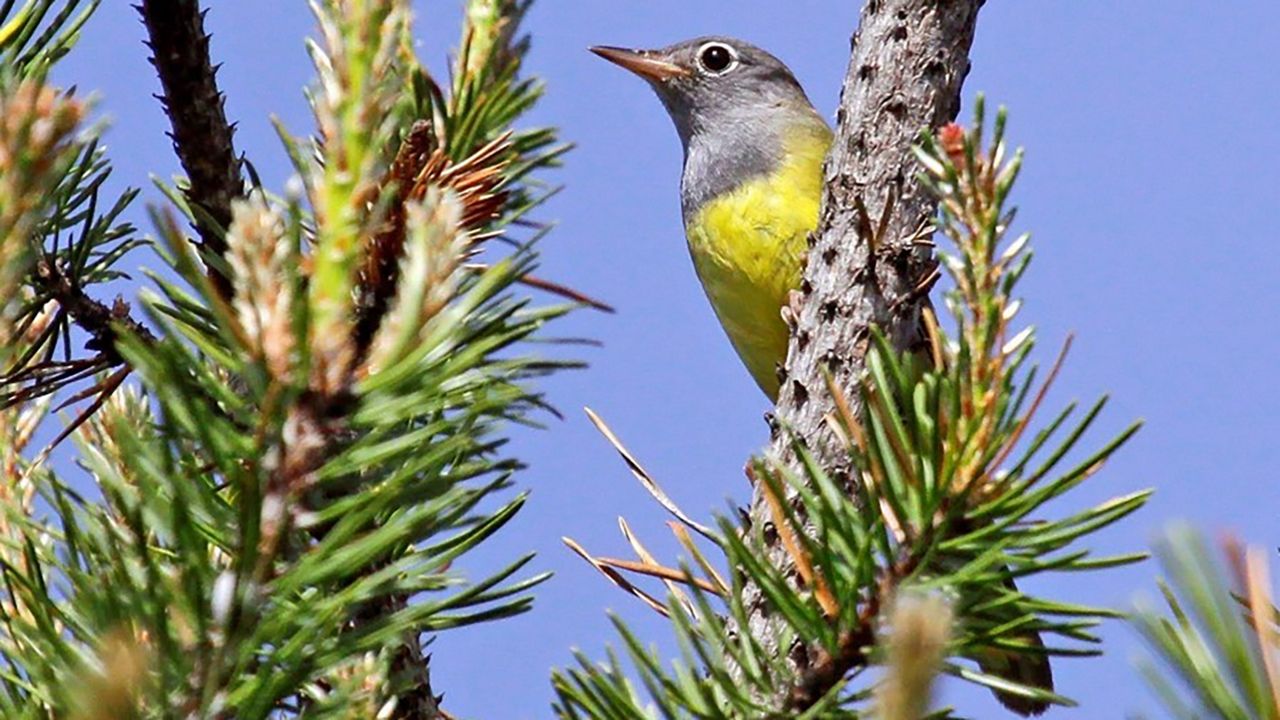BAYFIELD COUNTY, Wis. — The Wisconsin Department of Natural Resources announced Wednesday it has partnered with state and national groups to protect its Connecticut warbler population, which has decreased significantly in the state.
According to the Wisconsin DNR, surveys conducted in summer 2022 found only three nesting pairs in the core breeding area in northwestern Wisconsin. None were detected outside that area in 2021.
The searches for the population came after the Wisconsin Bird Breeding Atlas II flagged the bird as one of the species declining the most over the past 25 years among 226 nesting bird species documented.
The efforts will aim to improve the habitat for the bird in Bayfield County and protect its wintering grounds in South America. The DNR will work with Bayfield County Forestry and Parks Department to remove brush on several stands of suitable mature jack pine to improve the environment for the warbler. Brush removal will open the forest understory and enhance the growth of blueberry and other ground cover. The hope is to mimic the species' natural habitat.
“We’re trying to create [an] additional habitat for Connecticut warblers while still meeting all goals and objectives for the property,” said Andrew O’Krueg, a forester with the Bayfield County Forestry and Parks Department, in a press release.
According to the DNR, most Connecticut warblers nest in Canada, and there are smaller numbers in Wisconsin, Michigan and Minnesota. In the winter, the bird goes to South America, nearly 5,000 miles from its breeding areas. They have also been found staying in Gran Chaco, which is the second-largest forest in South America.
Officials believe deforestation in those areas of South America may be contributing to the decline in the population. The DNR and the Natural Resources Foundation of Wisconsin are amplifying efforts to identify and conserve critical migratory bird stopover habitats in Central and South America.
“This bird is in trouble, and it needs help fast,” said Ryan Brady, DNR conservation biologist and the state’s bird monitoring coordinator, in a press release.



